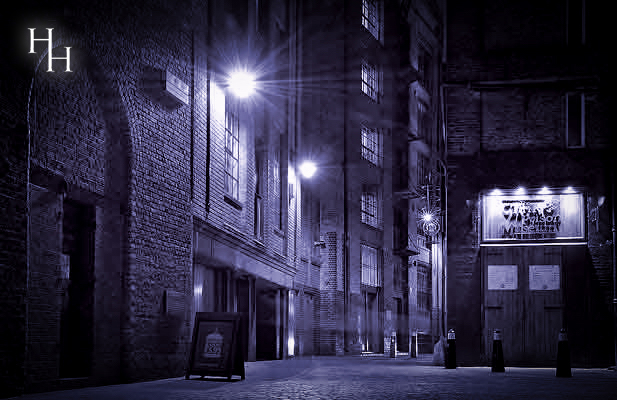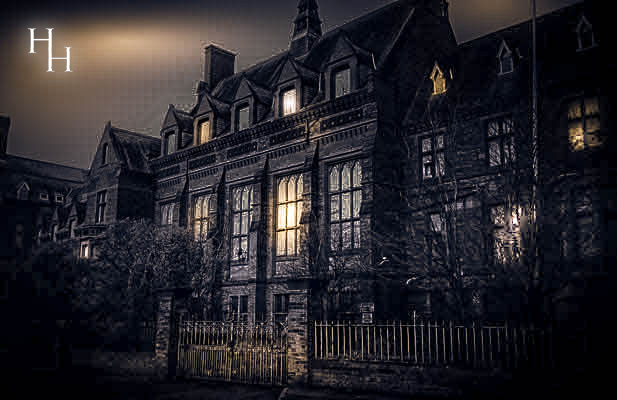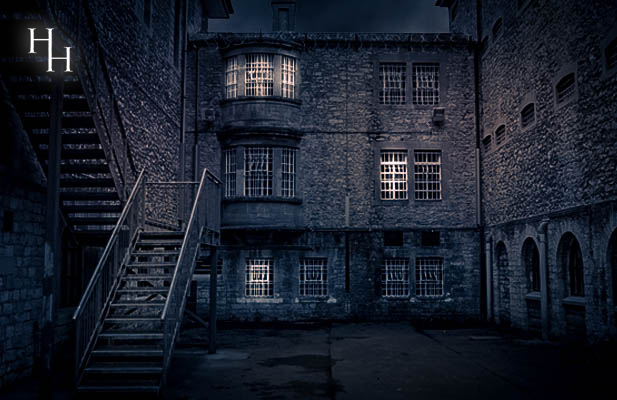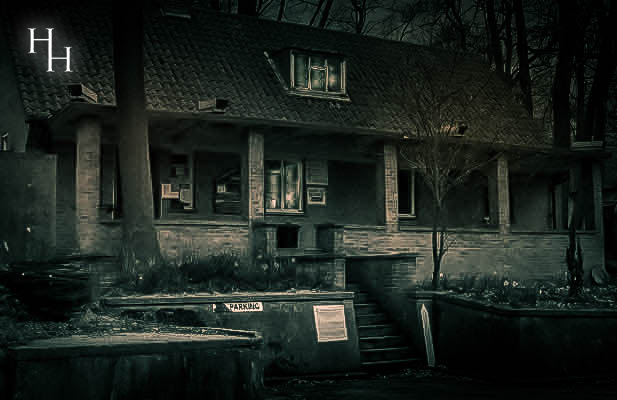Clink Prison - Southwark, London
Carrying out experiments to see who or what is lurking within these dark sinister rooms
Sorry, we do not have any events for this location at the moment. Please keep an eye on our website for future dates.
An overnight Ghost Hunt at The Clink in London is an experience that you will never forget. The Clink prison in Central London sits on the site of the oldest prison in English history dating back to 1144 and ghost hunts here have provided us with some terrifying experiences.
A shadowy figure has been witnessed pacing around the Bishop\'s Room, footsteps heard and cries coming from the Oubliette. We have even experience poltergeist activity during one of our ghost hunts here which terrified all who took part.
Join Haunted Happenings at The Clink Prison Museum to carry out experiments such as table tipping, Ouija Board, glass moving and Vigils for what is sure to be one of the most frightening experiences of your life.
Ghosts of The Clink Prison Museum
The pain and suffering of those incarcerated on the site of The Clink Prison Museum is difficult to comprehend and it is hard not to feel affected by its gruesome past, especially as we explore the location in the dead of night. There have been numerous reports of a woman playing with chains, glasses have randomly smashed and doors have even banged closed during ghost hunts at The Clink Prison Museum. Many people have felt completely overwhelmed during ghost hunting Vigils and an unwelcoming presence is often described that leaves people with a sense of dread.
At one time we were carrying out table tipping in the central area of the location and a sock landed on the middle of the table. This may sound ridiculous but there was no sense in how it got there as everybody had their hands on the table and everybody else was accounted for. A very strange and eerie place to spend the night.
History
The Clink was one of Britain\'s oldest known prisons and the museum that now sits on the site has had so many reports of Paranormal activity and ghostly sightings that it has become one of our most popular and intense locations.
Dating back to 1144, The Clink had a long and miserable history, with links to the Gunpowder Plot, Babbington Plot and many other major historical events. Heretics, debtors and murderers were all incarcerated at The Clink in appalling conditions. This prison was a place of torture and the museum now houses many original instruments and devices used during the Medieval period through to the 18th Century. One particularly unpleasant object was the Iron Boot, where the prisoner\'s foot would be inserted, the space around it filled with pieces of wood and water poured in to swell the wood. This resulted in immense pain and ultimately the loss of the foot. In the 1500s, Priest Saxy hanged himself in his cell rather than face the torture that awaited him, but many others were forced to endure the most unimaginable pain at the hands of their torturer.
There has been a prison owned by the Bishop of Winchester in one form or another since the year 860, although at that time it would only have been one cell in a priests\' college. By 1076 an archbishop had listed the types of punishment allowed, scourging with rods, solitary confinement, and bread and water in silence.
The building of a chapel and mansion at Southwark by the Bishop of Winchester, as his near London palace completed sometime after the acquisition of the manor territory between 1144 and 1149.
The prison was any number of structures within the mansion\'s area whereby the local miscreants were kept to await trial. The higher status of some of its internees was solely due to the importance of the Bishop of Winchester as a senior member of the king\'s government, usually as Lord Chancellor, who could also put to trial in his ecclesiastic court those accused of heresy and other religious offences.
The prisoners were ill treated although those with money and friends on the outside were able to pay the gaolers to make their time better. As the gaolers were very poorly paid, they found other ways to supplement their income. They hired out rooms, beds, bedding, candles and fuel to those who could afford it. Food and drink were charged at twice the correct price. They accepted payments for fitting lighter irons and for removing them completely. For a fee, prisoners would be allowed outside to beg or even to work. Madams were allowed to keep a brothel going, with payments going to the gaolers. Poorer prisoners had to beg at the grates that led up to street level and sell anything they had with them, including their clothes, to pay for food.
In 1450, rioters protesting the Statute of Labourers raided Winchester House. Classing clerics as tax collectors, they murdered them and released prisoners from the Clink before burning it down. The rebellion was put down and Winchester House was rebuilt and extended, including a new prison.
Originally, most of the prisoners had been those who had broken the rules of the Liberty, but by the 16th century, it had become largely a prison for heretics who held contrary views to the bishops. John Bradford and John Hooper were amongst the inmates. In later years it was mainly a debtors\' prison.







